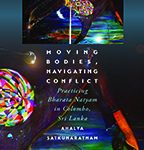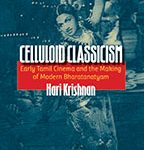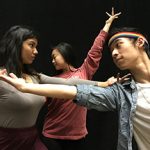Congratulations to WUP author Hari Krishnan, whose book Celluloid Classicism: Early Tamil Cinema and the Making of Bharatanatyam received a special citation from the 2020 de la Torre Bueno© First Book Award Committee.
The de la Torre Bueno First Book Award is an annual award offered by the Dance Studies Association for the best first book published in English in the field of dance studies. The de la Torre Bueno prizes are made possible by the generosity of Mary Bueno.
2020 de la Torre Bueno®First Book Special Citation:
“Hari Krishnan’s Celluloid Classicism: Early Tamil Cinema and the Making of Modern Bharatanatyam is an invaluable addition to scholarship on Bharatanatyam in the crucial period between the 1930s and 1950s, offering an impeccably researched and well-argued revision of the common recounting of this phase of the dance’s history which has it that devadasis, if they kept dancing, went into film while Brahmin women dominated the stage, and discourses on caste and morality kept the two realms separate. Krishnan’s archival work is impeccable: combining interviews with readings of key films and reconstructions of lost works using songbooks. Throughout, he is deeply attuned to gender, class, and caste, especially in charting devadasi genealogies in early cinematic works. He includes invaluable reflections on the complexity of working artists’ lives in these crucial periods, and argues persuasively that specific dimensions of some lives undergird the cinematic invention of “classical” bharatanatyam as a middle-class form.”





















